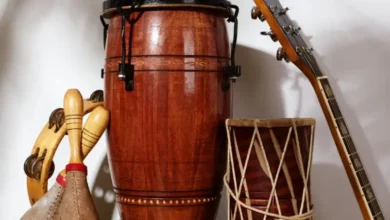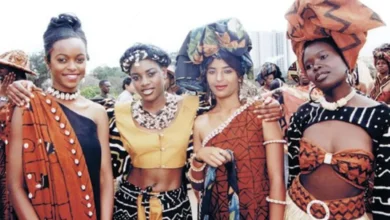In the intricate world of Chinese silk embroidery, few motifs captivate as profoundly as the dragon and the phoenix. These celestial beings, woven with meticulous artistry, are not merely decorative but embody a rich tapestry of cultural, philosophical, and historical significance. Let us unravel the threads of their symbolism, techniques, and enduring legacy.
The Dragon: Emperor of Symbols

The Chinese dragon (Long), a benevolent and majestic creature, symbolizes power, strength, and auspiciousness. Unlike its Western counterpart, it is associated with water, rainfall, and yang (masculine) energy. Historically reserved for emperors, the five-clawed dragon adorned imperial robes, signifying supreme authority. Lesser nobles used four or three claws, a strict hierarchy reflecting social order.
- Design Elements: Dragons in embroidery are often depicted chasing pearls (representing wisdom and spiritual energy) amidst clouds or waves. Gold and azure threads highlight their celestial nature, while sinuous bodies convey dynamic vitality.
- Cultural Context: Embroidered on ceremonial robes (Longpao), dragons communicated the emperor’s divine mandate, a tradition dating to the Zhou Dynasty (1046–256 BCE).
The Phoenix: Empress of Grace
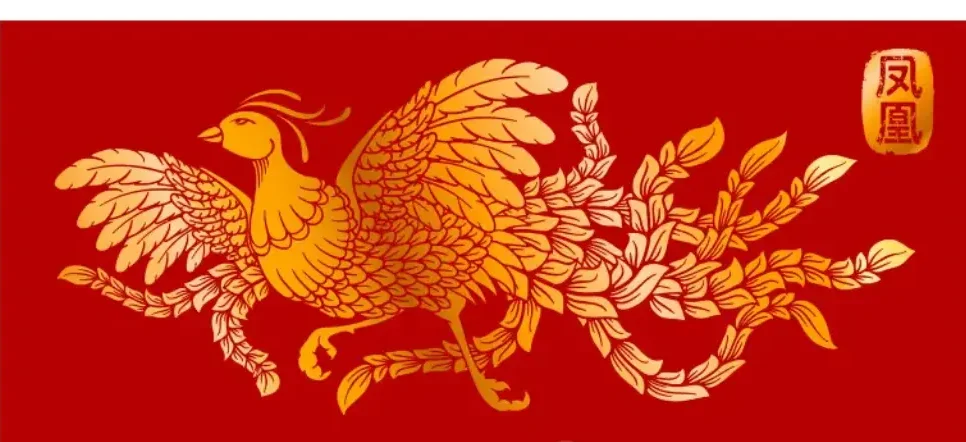
The Fenghuang, or Chinese phoenix, embodies virtue, renewal, and yin (feminine) energy. A composite of peacock, crane, and pheasant, it symbolizes harmony and prosperity. Paired with the dragon, it represents the empress, their union epitomizing marital bliss and cosmic balance.
- Design Elements: Phoenixes are rendered with flowing tail feathers in vibrant hues—crimson, emerald, and gold—often surrounded by peonies (symbolizing wealth) or lotus blossoms (purity). Their poised stance exudes elegance and resilience.
- Cultural Context: Bridal garments frequently feature phoenixes, invoking fertility and fidelity. In imperial regalia, the phoenix complemented the dragon, reflecting the empress’s grace.
Harmony in Dualism: Dragon & Phoenix Together
The “Dragon and Phoenix” motif (Longfeng) is a quintessential symbol of yin-yang harmony. Their intertwined imagery adorns wedding attire, symbolizing the ideal union of masculine and feminine energies. This duality extends to Daoist philosophy, where balance governs the universe.
See also The Yoruba People of West Africa
The Yoruba People of West Africa- Occasions: Prominent in weddings, festivals, and imperial ceremonies, their presence invokes blessings of prosperity and unity.
- Artistic Depictions: In embroidery, the dragon often soars above, while the phoenix glides below, their forms interlacing in a cosmic dance.

Techniques & Craftsmanship
Chinese silk embroidery, a 2,000-year-old art, employs techniques refined over millennia:
- Materials: Lustrous silk threads on silk fabric, sometimes augmented with gold or silver threads for opulence.
- Stitches: Satin stitches create smooth surfaces, while split stitches add intricate details. Suzhou embroidery, renowned for its delicacy, uses hair-thin threads for lifelike textures.
- Regional Styles:
- Suzhou (Su Xiu): Subtle gradients and ethereal effects, ideal for mythological creatures.
- Hunan (Xiang Xiu): Bold colors and raised stitches, emphasizing dramatic expression.
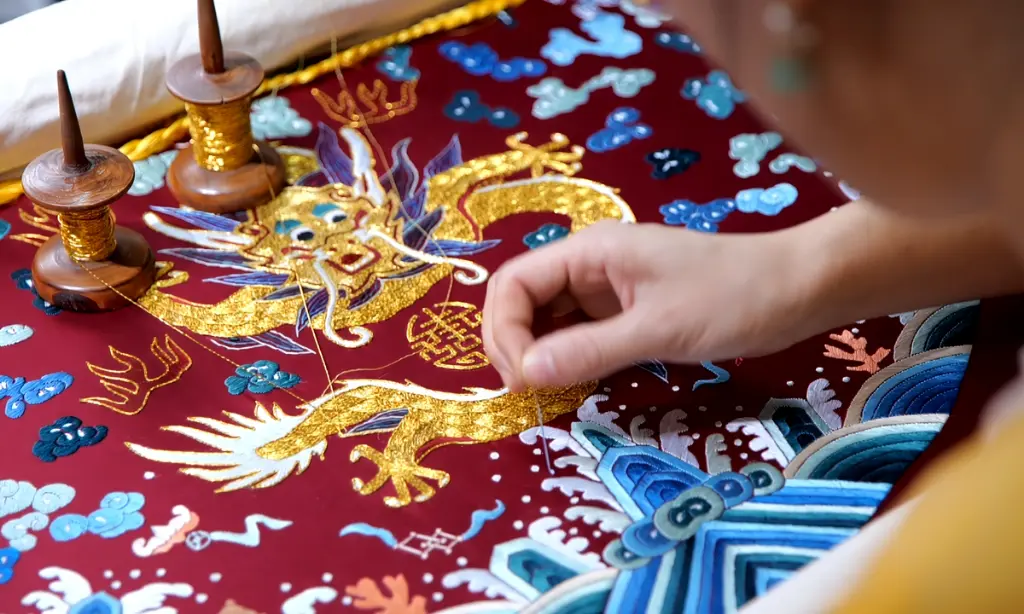
Historical & Modern Resonance
From Tang Dynasty (618–907 CE) court robes to contemporary haute couture, these symbols adapt yet retain their essence. Modern designers like Guo Pei reinterpret them in avant-garde fashion, while artisans in Nantong preserve traditional methods. UNESCO’s recognition of Chinese silk craftsmanship underscores its global cultural value.
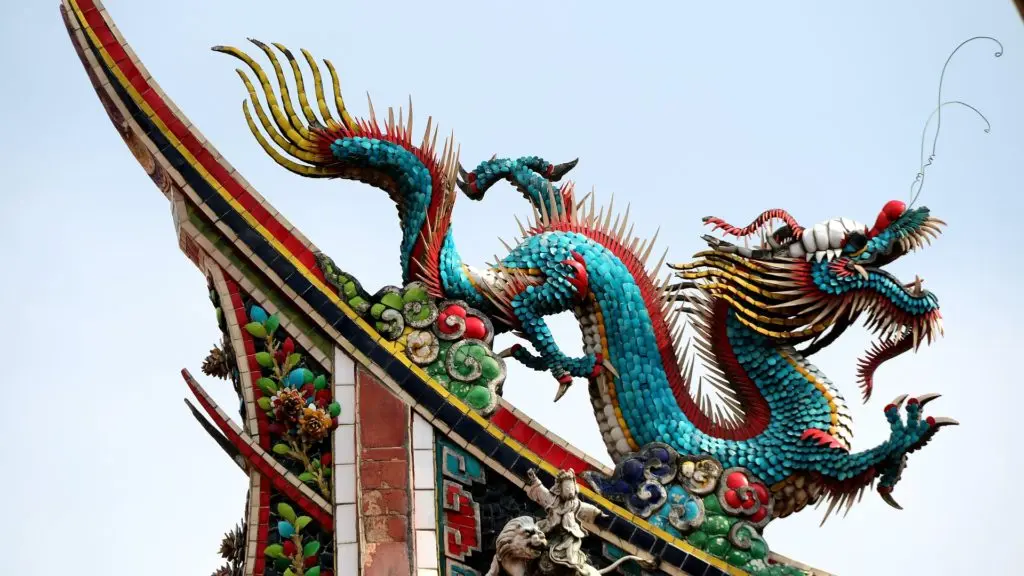
Conclusion: Threads of Eternity
Dragons and phoenixes in Chinese silk embroidery are more than art—they are narratives of identity, philosophy, and aspiration. Each stitch honors a legacy where craftsmanship and symbolism intertwine, offering the world a glimpse into China’s soul. As these motifs continue to inspire, they remind us that beauty, like tradition, is timeless.
In the words of an ancient proverb: “A dragon ascends to the heavens; a phoenix heralds a new dawn.”
See also San Bushmen: The Ancient Hunter-Gatherers of Southern Africa
San Bushmen: The Ancient Hunter-Gatherers of Southern Africa


